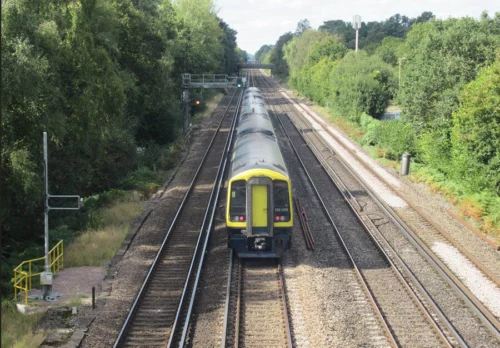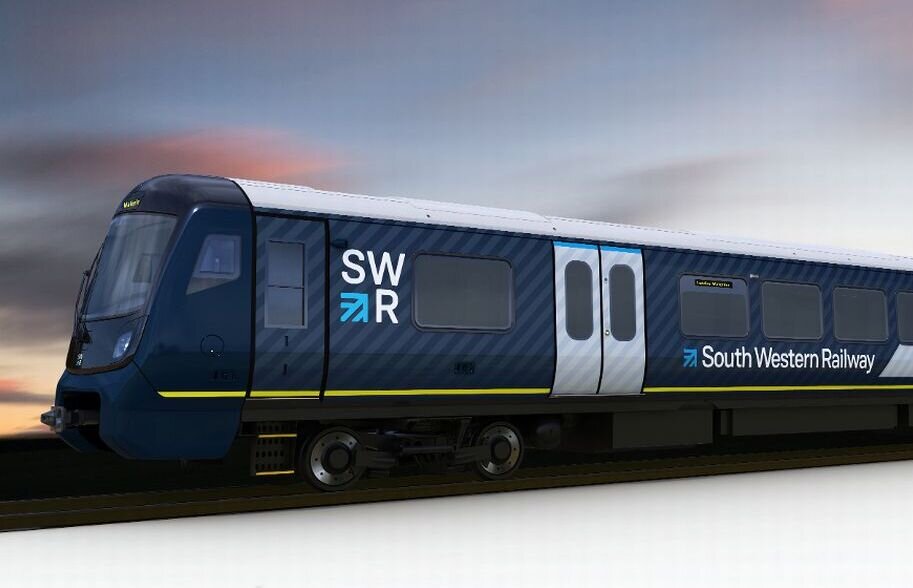South Western Railway rolls out ‘rail-5G’ high speed wi-fi
Links on Head for Points may support the site by paying a commission. See here for all partner links.
As anyone who has ever taken a train will know, wi-fi and mobile reception is notoriously bad across the UK railways. Every time I jump on a train to leave London I spend more time with no connection (or the dreaded ‘Edge’) than I do on useful 4G or 5G.
Ironically, with Starlink and other multi-orbit satellite constellations now rolling out, we experienced faster wi-fi on our recent Qatar Airways flight than I have ever had on a train. Although, to be fair, Starlink is also likely to be faster than your home or office wi-fi.
(It’s not just a UK thing. Just last week Rob was complaining about the poor state of the onboard wi-fi on Eurostar’s services to Paris. Ad guru Rory Sutherland has been arguing for over a decade that, instead of spending £50 billion on HS2, the rail network should have spend £50 million on Starlink-quality wi-fi instead and people would be just as happy.)
So it’s good to see one operator – South Western Railway – do something about it. The irony is that SWR is also the first railway to be ‘properly’ nationalised (ie without having gone bust first) and will be rolling out the first trains with Great British Railways branding this Bank Holiday weekend.
South Western has rolled out what it is calling ‘Rail-5G’ to the busiest 70km of its network. Here is how it works:
“The technology uses trackside poles and antennas, installed along the route and on the trains, to create a bespoke network, accessible to both the trains’ operational systems and customers on board.”
Basically, SWR has created its own, dedicated mobile 5G network that it can use for its onboard wifi services. There are trackside antennas every 400m to 2km with highly directional beams facing the rail line.
Connecting is seamless for the end user – you won’t know the difference between connecting to the Rail-5G wi-fi network or the existing system which runs off the standard mobile network, apart from that it should be much faster and more consistent. This is in contrast to how onboard wifi has worked in the past:
“While most train operators offer their customers onboard Wi-Fi, they typically rely on the wider telecoms network, with the internet speeds limited by the connection to local masts and rationed among hundreds of users.”

The technology is developed by a subsidiary of FirstGroup, which part owns the SWR franchise together with Hong Kong metro’s MTR Group. It is being touted as the “first multi-gigabit internet solution built specifically for the railways.”
South Western says it will mean passengers can access speeds “up to 20 times faster” than conventional on board wi-fi and stream and download large files on the go, just like at home or work. Average 5G speeds in the UK are generally above 100mbps.
The technology was successfully trialled on the Isle of Wight and has now been rolled out on 70km of track between Earlsfield and Basingstoke. Anyone travelling on this commuter line should notice an immediate improvement.
With SWR now taken into public ownership, it will be interesting to see if this technology is rolled out to other lines. Disappointingly, FirstGroup’s plans to roll it out on the entire West Coast Mainline were scrapped last year.
As noted at the beginning of this article, connectivity on the railways can be dire and is currently being leapfrogged by wi-fi onboard aircraft. It’s high time that a decent solution was rolled out more widely in the UK.



 Rhys
Rhys 






Comments (88)